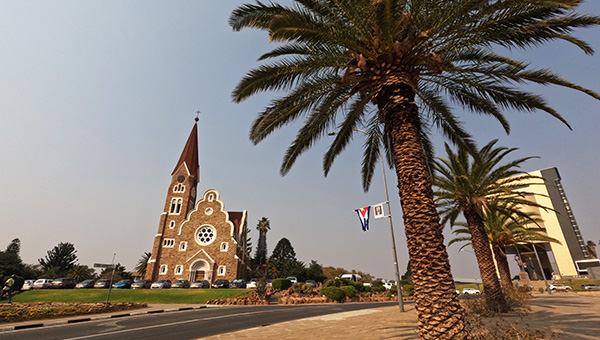
Namibia is a popular destination for self-drive holidays, offering vast landscapes and unique experiences. If you plan to enter Namibia with a foreign-registered vehicle, it's crucial to understand and comply with specific cross-border requirements. These regulations aim to ensure road safety, proper vehicle documentation, and revenue collection.
Required Vehicle and Personal Documentation
You will need the following documentation when driving into Namibia:
-
Vehicle Ownership Documents
- If the vehicle is registered in your name, carry the original registration papers (certified copies may be accepted).
- If the vehicle is under finance, obtain a cross-border letter from the finance company. This letter must include travel dates and the countries you will visit.
- If rented, get a letter of permission from the rental company when booking.
- If borrowed, carry a signed authorization letter from the owner along with a copy of their ID.
-
Vehicle Insurance
- Obtain a letter from your insurance provider confirming coverage in Namibia. This letter must specify the travel dates and covered countries.
-
Country Code Sticker
- A sticker on the back of the vehicle indicating its country of registration (e.g. a ZA sticker for South African vehicles).
-
Cross Border Charges (CBC) / Road Permits
-
Namibia:
- All foreign-registered vehicles must pay a Cross Border Charge (CBC) upon entry.
- The CBC costs N$445 (as of March 2025) and is valid for three months.
- If towing a trailer, additional fees apply.
- The permit must be kept in the vehicle at all times and displayed on the bottom left of the windscreen.
- Fines of up to N$4,000 apply for non-compliance.
-
Other Countries:
- Botswana: A Vehicle Road Fund Tax of approximately P120 is required.
- South Africa: A Road User Fee applies.
- Credit card payments may not always work at border posts. It is advisable to carry cash in the local currency, as foreign currencies are not accepted.
-
-
Red Warning Triangle
- Namibia South Africa: 1 red triangle is required by law.
- Botswana: 2 red triangles are required.
- Ensure rental vehicles are equipped with the correct number of warning triangles before departure.
-
Personl Documentation
- Valid Passport (valid for at least six months from entry).
- Driver’s Licence in credit card format.
- International Driving Permit (IDP) if your licence is not in English.
Border Post Hours & Procedures
Check the operating hours of your intended border post, as some may have limited hours or specific closures.
Road Conditions and Driving Safety Tips
General Driving Regulations:
- Namibia, South Africa, and Botswana drive on the left side of the road.
-
Speed Limits:
- Urban areas: 60 km/h
- Highways: 120 km/h
- Gravel roads: 60-80 km/h (recommended)
- Secondary roads: 80-100 km/h (watch for signage).
Road Conditions
- Tar Roads: Generally well-maintained but can be monotonous due to long distances. Be mindful of potential tyre overheating, particularly when carrying heavy loads.
- Gravel Roads: Many roads outside major towns are graded gravel roads. A 4x4 is recommended for travel in certain areas, especially after rain. Reduce speed on corrugated gravel surfaces.
-
Coastal Roads:
- Coastal roads (e.g. around Walvis Bay and Swakopmund) are often made of compacted sea salt, making them slippery when damp.
- Reduce speed and avoid sharp braking.
-
Sea Mist & High Winds:
- Coastal areas often experience sea mist, reducing visibility. Use low beam headlights or fog lights.
- High winds can increase fuel consumption, so fill up at every opportunity..
Additional Travel Considerations
- Zimbabwe & Zambia: Crossing into these countries requires extensive documentation and a lengthy border process. It is advisable to leave your vehicle in Kasane and arrange a road transfer instead.
By ensuring you have the necessary documentation, understanding local road conditions, and adhering to traffic regulations, you can enjoy a safe and memorable self-drive experience in Namibia.




